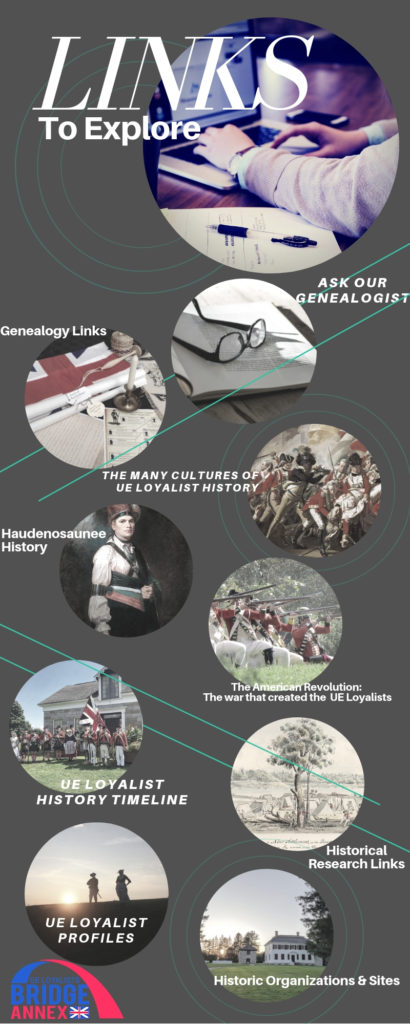 Much of the assistance we provide to our membership and community is information. To help you in your quest to learn more and connect, we’ve created an extensive virtual library of resources for you to use. The variety of documents, videos, links and Q&As. There are a variety of pages for you to explore.
Much of the assistance we provide to our membership and community is information. To help you in your quest to learn more and connect, we’ve created an extensive virtual library of resources for you to use. The variety of documents, videos, links and Q&As. There are a variety of pages for you to explore.
We are always adding to the pages within our Virtual Library, but if you want to see something specific, just contact us, we want to work together to create a useful library and keep learning together!
Here are a few tips before you begin:
Write down your research question, or information you are looking for. This will help keep you focused.
Record all the details of the resources you used so you can find them again in the future. This is one of the most frustrating issues we come across: you find good information but can’t track down the source again.
Always seek primary sources when available. “A primary source is any record created during the time you are researching – an eyewitness account. Primary sources can take many forms, such as newspapers, letters, journals, tax lists, court documents, church records, or a census. Even published books can be considered primary sources if they were printed during the time of your study.” – FamilySearch.org
Use reliable secondary sources. There can be errors that lead you down the wrong path in your research, be critical of the sources you choose. “A secondary source is a record created later by someone who did not experience the time period or events that you are studying. Most histories are secondary sources.” – FamilySearch.org
Don’t be afraid to ask for help. Many times the information you are seeking is something others have handy. This can save a lot of time and frustration.
